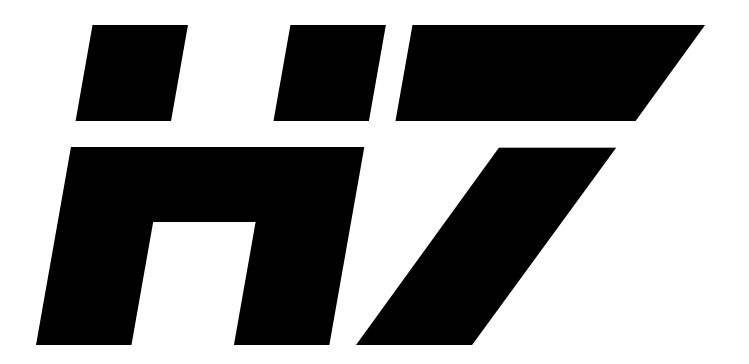Dipole Shower Merging¶
Preamble¶
As the development of the merging algorithms is part of the Matchbox development, the input files for merging are kept close to the Matchbox inputs. When comparing input files e.g.
- share/Merging/LEP-Merging.in or
- share/Merging/LHC-Z-Merging.in
to their the corresponding
- share/LEP-Matchbox.in or
- share/LHC-Matchbox.in
one immediately spots similar blocks.
Many of the input commands are similar. Here we briefly explain the differences:
The cut selection is similar to Matchbox Cuts Note that the cuts in the merging are taken with respect to the production process. Cuts which are not sensible for the fixed order production process will lead to unphysical behaviour. A simple example: Applying a cut on the transverse momentum of the Z boson if the production process is
p p -> Zwill result in events that are not ordered in terms of parton shower emissions. In the algorithms the cuts are applied to the process that is clustered and seen as origin. For merged samples, events from thep p -> Z j, that are unordered in terms of shower emissions can thus be seen as process origins and fulfil the cut criterion.The scales are setup similar to the Matchbox scales described in Scales. The same scale objects can be used, but must be set to the ScaleChoice interface of the MergingFactory. Compared to a Matchbox process one needs to write:
cd /Herwig/MatrixElements/Matchbox set /Herwig/Merging/MergingFactory:ScaleChoice FixedScaleinstead of:
cd /Herwig/MatrixElements/Matchbox set /Herwig/MatrixElements/Factory:ScaleChoice FixedScaleAs for cuts the scale choices must be valid for the production process.
As in Matchbox input files scale variations can be produced by reading e.g.:
read Matchbox/MuDown.invarious choices are included in the example input files.
Process selection¶
As in the process setup in event generation with Matchbox input files we need to tell the Factory, in the case of Merging the MergingFactory object, which process should be produced. Here the syntax is:
cd /Herwig/Merging
set MergingFactory:OrderInAlphaS 0
set MergingFactory:OrderInAlphaEW 2
do MergingFactory:Process p p -> e+ e- [ j j ]
where the additional jets (j) in the squared brackets indicate the additional LO merged
jets. In this example the production process is p p -> e+ e- for which reasonable
Cuts and Scales need
to be applied (see Preamble). For the
specific example,:
set /Herwig/Cuts/ChargedLeptonPairMassCut:MinMass 60*GeV
set /Herwig/Cuts/ChargedLeptonPairMassCut:MaxMass 120*GeV
is needed to force the produced lepton pair on the Z-resonance. A scale choice could be:
cd /Herwig/MatrixElements/Matchbox/Scales/
set /Herwig/Merging/MergingFactory:ScaleChoice LeptonPairMassScale
In addition to the LO merged processes we can apply NLO corrections to the various multiplicities. If we in add:
set MergingFactory:NLOProcesses 2
we will calculate NLO corrections for the production process and for the
process with an additional jet, so two NLO corrections. Increasing the number to 3 will
cause an error in the read/build step as the number of LO processes in the process
definition needs contain the real emission contribution of the highest NLO correction.
If three NLO corrections are required, an additional jet [ j j j ] needs to be
added in the process definition.
In order to merge the contributing multiplicities a merging scale needs to be set. Changing the merging scale is done by:
set Merger:MergingScale 15.*GeV
set Merger:MergingScaleSmearing 0.1
where MergingScaleSmearing will smear the merging scale in this example with up to
10 % around the given central MergingScale.
Limitations¶
- The merging of multiple LO and NLO corrections is currently only possible for the dipole shower.
- When adding higher multiplicities, one should keep an eye on the memory usage and overall performance. It might be wise to start with moderate multiplicities and add emissions gradually from there.
